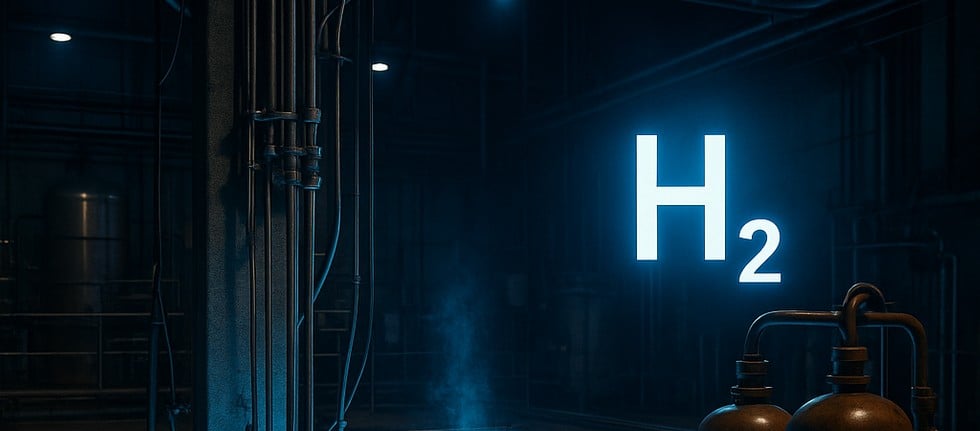
Once again, a group of talented researchers from the University of Sharjah has analyzed a series of technologies that could transform one of the most complex environmental problems into a source of clean energy. According to their study, published in the journal Nuclear Engineering and Design, the radioactivity of nuclear waste can be used to split water molecules into hydrogen and oxygen , generating up to ten times more hydrogen than conventional methods.
The most promising technique identified by researchers is radiation-enhanced electrolysis , a process in which radioactivity accelerates the chemical reactions that release hydrogen from water. The idea stems from the need to reduce the environmental impact of nuclear waste—over 4 million cubic meters currently stored worldwide—and, at the same time, increase hydrogen production, a key element for the energy transition.
“Using radioactive waste to generate hydrogen means turning a threat into a concrete opportunity,” emphasize the authors, who analyzed various development pathways, including uranium-based catalysts, thermochemical processes, and radiolysis reactions. The latter, in particular, has been shown to amplify production up to twelvefold when formic acid is added, and fivefold at elevated temperatures.
Another promising approach is catalysis with uranium compounds, which accelerates water splitting while reducing the use of rare and expensive metals. Methane reforming using radioactive catalysts has also yielded notable results, reducing carbon deposits and improving overall efficiency. Researchers also mention liquid-phase plasma photocatalysis, which is useful for obtaining hydrogen directly from contaminated reactor water, reducing the amount of waste requiring storage.
Producing hydrogen from radioactive waste would also reduce operating costs and the space required for long-term storage , freeing up financial and logistical resources. However, researchers warn that the road to industrial application is still long. The main obstacle remains the rigid regulations governing the handling of radioactive materials, which forces many laboratories to use simulated sources and thus limits practical experimentation.
Further complicating the picture are other technical issues, such as potential contamination of the synthesis gas and chemical alteration of the catalysts after prolonged reaction cycles . Despite this, the authors believe the potential is enormous and warrants further investment.

